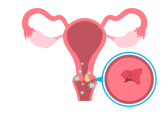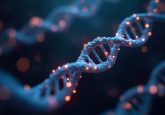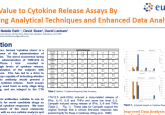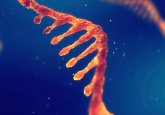Could urinary biomarkers be utilized as prognostic tools following kidney transplants?
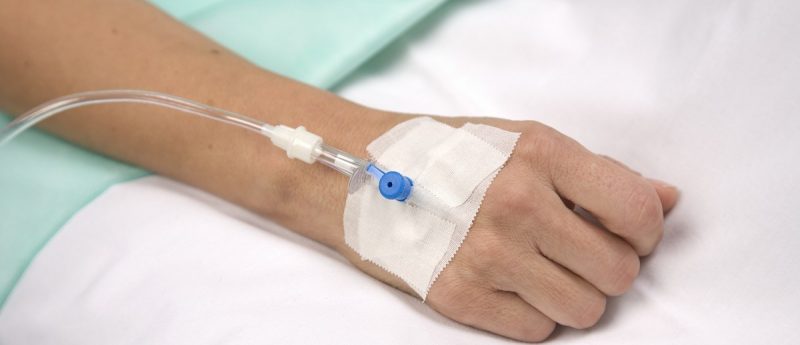
Research, published in the British Journal of Clinical Pharmacology, is the first to demonstrate that urinary pellet miRNA expression levels could be useful prognostic and diagnostic biomarkers for acute rejection in the early-transplantation period, between the first week and sixth month, following kidney transplants.
Researchers studied 80 de novo kidney transplant recipients, selected from four European centers. The urinary pellet expression of miR-142-3p, miR-210-3p and miR-155-5p were assessed by qPCR, and urinary cytokine (CXCL10) levels were assessed by ELISA. These levels were assessed after the first week, first month, second month, third month and sixth month post-transplant.
Eight patients experienced acute rejection. In these patients, miR-142-3p, miR-155-5p and CXCL10 levels were demonstrated to be significantly increased and miR-210-3p levels significantly decreased when compared to non-rejecters. Statistical analysis later suggested that miR-155-5p and CXCL10 were effective discriminatory tools between rejecters and non-rejecters.
As a prognostic tool, miR-155-5p was highly sensitive at 85%, and highly specific at 86%. Similarly, CXCL10 was highly sensitive at 84%, and highly specific at 80%. The optimal cut-off value for the prognosis of acute rejection was set at 0.51. Both miR-155-5p and CXCL10 levels correlated with glomerular filtration rate, and normalized after recovery of graft function.
The authors concluded that further large and randomly sampled multicenter trials were required in order to refine optimal cut-off values and to validate the prospective clinical use of miR-155-5p and CXCL10 as prognostic biomarkers for acute rejection following kidney transplants.
Sources: Millán O, Budde K, Sommerer C et al. Urinary miR-155-5p and CXCL10 as prognostic and predictive biomarkers of rejection, graft outcome and treatment response in kidney transplantation. Br. J. Clin. Pharmacol. doi:10.1111/bcp.13399 (2017); www.eurekalert.org/pub_releases/2017-09/w-umm090117.php



